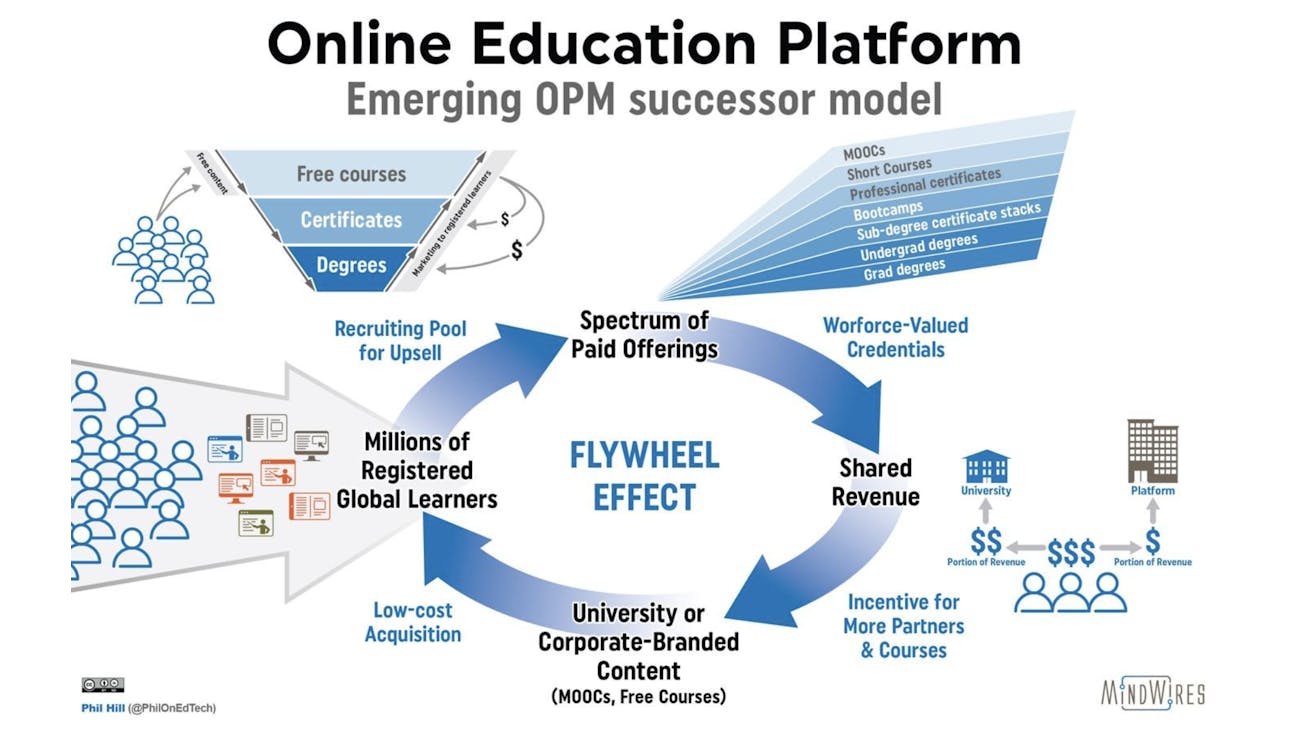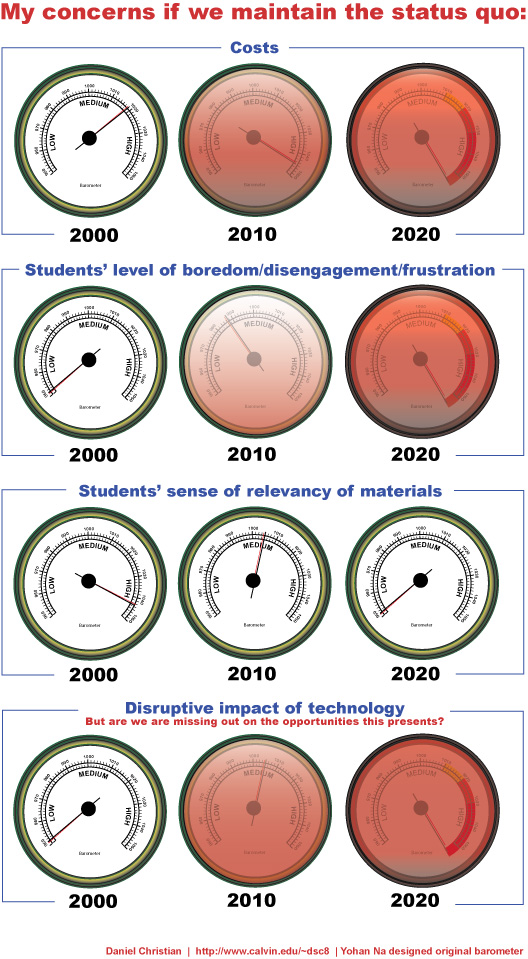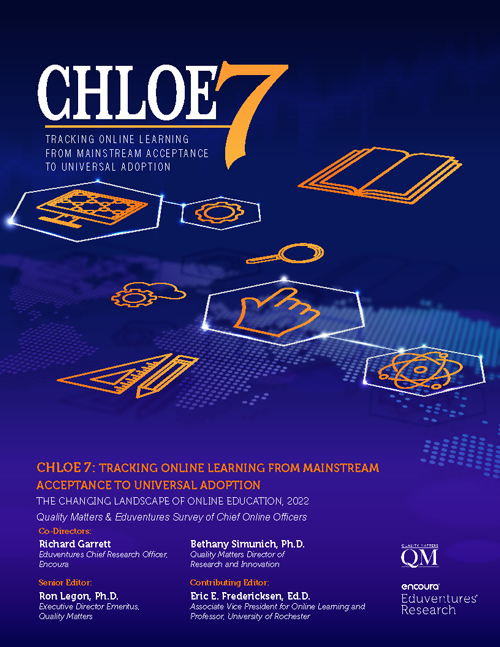Average Student Not on Track to Graduate in 5 Years — from insidehighered.com by Susan H. Greenberg
Excerpt:
The average full-time college student doesn’t even attempt to take enough credits to complete a bachelor’s degree within five years, according to a new Postsecondary Data Partnership Insights report by the National Student Clearinghouse Research Center.
The report evaluated the credit-completion ratio—the ratio of credits earned to those attempted—and the credit-accumulation rate of more than 900,000 first-time students at 342 postsecondary institutions during the 2019–20 school year.
College students average less than 22 credits in their first year, too few to graduate on time — from highereddive.com by Rick Seltzer
(Excerpt from Dive Brief)
- Barely over half of a group of first-time, full-time students — 51% — earned 24 or more credits in their first year of college, meaning most aren’t on track to graduate in four or even five years, according to research released Tuesday by the National Student Clearinghouse.
- The average full-time student took classes worth under 27 credit hours and earned fewer than 22. Just 28% of students earned 30 hours of credit or more in their first year, which is the annual pace typically required to graduate on time from four-year bachelor’s programs.
More High School Students Are Taking College Classes. But Not Everyone Gets the Chance. — from edsurge.com by Rebecca Koenig
Can better pathways help schools, colleges and students avoid “random acts of dual enrollment”?
Excerpt:
Dual-enrollment programs help nearly 1.4 million high school students take college courses each year. It’s an opportunity that offers lots of proven benefits, like enabling more people to graduate from college, saving families money on higher education and helping community colleges attract more students during an era of falling enrollments. It’s even popular across the political spectrum.
But as dual enrollment grows across the country, access to the option is not distributed equally, according to a new report produced by nearly two dozen higher ed researchers and experts, with funding from the Joyce Foundation.
College is increasingly out of reach for many students. What went wrong? — from npr.org by Terry Gross; with thanks to EdSurge.com for this resource
Excerpt:
Journalist Will Bunch says instead of opening the door to a better life, college leaves many students deep in debt and unable to find well-paying jobs. His new book is After the Ivory Tower Falls.
What’s working in community college baccalaureate degree programs — from ccdaily.com by Tabitha Whissemore
Excerpt:
A growing number of community colleges are offering baccalaureate degree programs.
According to a national inventory published in 2021 by the Community College Baccalaureate Association (CCBA) and New America, there are nearly 570 community college baccalaureate (CCB) programs in the United States, operating at 148 community and technical colleges across 25 states. Most of the programs focus on healthcare or business, though newer programs also are being offered in computer and information sciences, and other STEM fields, as well as education.
It’s Time to End Higher Ed’s Gimmicky Sales Tactics — from chronicle.com by Barmak Nassirian
Teaming up with online program managers comes at a steep reputational cost.
Excerpt:
Initially trumpeted as an innovative model to expand access and drive down costs, the programs have seen a spate of recent media stories that paints a far less favorable picture: College-OPM partnerships are Faustian bargains that drive up tuition costs and reduce educational quality.
How did it come to this?
From DSC:
Though much of what Barmak is saying may be true, the gimmicks were going on long before OPM’s came into play. We should stop blaming everything on OPMs, or on the pandemic, or on online learning, or on this or that technology. The causes of higher education’s current issues go back a long way — such as approving standard/annual cost increases over the last several decades.












